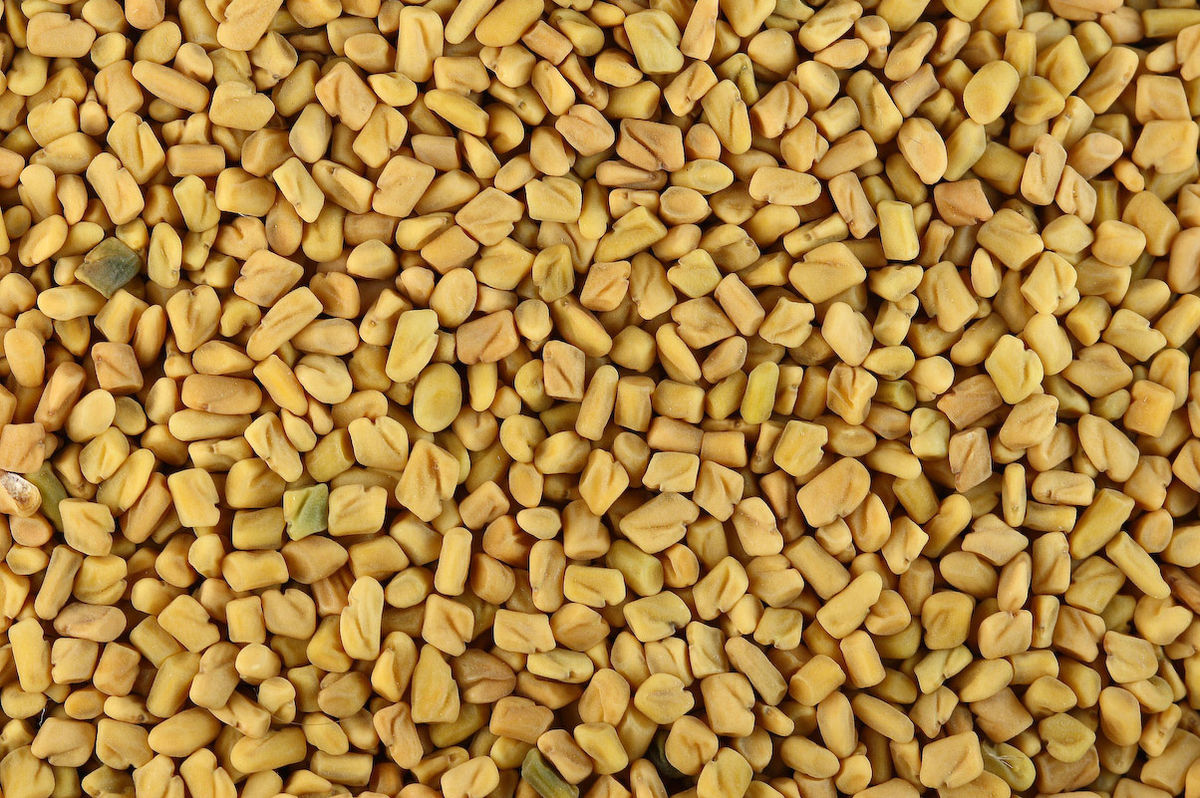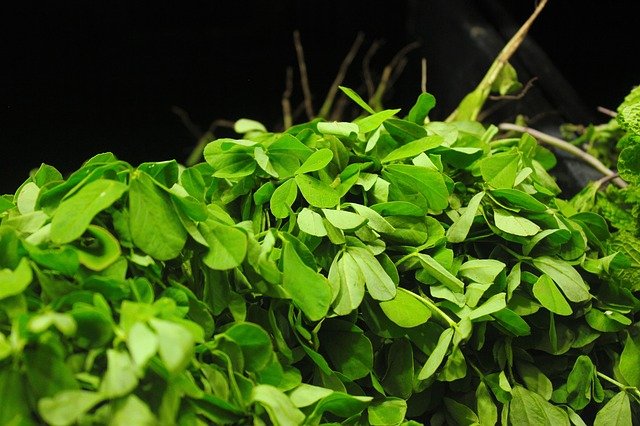
Introduction: 🌿🌶️ Welcome to our comprehensive guide on the incredible benefits of ginger for weight loss. Ginger, a popular spice renowned for its distinct flavor and aroma, has been used for centuries for its medicinal properties. In this blog post, we will explore how ginger can spice up your weight loss journey, supporting your efforts to achieve a healthier and more balanced lifestyle. Join us as we uncover the secrets of ginger and its potential impact on weight loss.
Understanding Ginger for Weight Loss: 🌿 Ginger, scientifically known as Zingiber officinale, is a flowering plant that belongs to the Zingiberaceae family. It is widely known for its unique taste and therapeutic properties. Ginger contains active compounds, such as gingerol, shogaol, and zingerone, which contribute to its potential benefits for weight loss.
The Benefits of Ginger for Weight Loss:
- Boosting Metabolism and Calorie Burning: 🌿💪 Ginger has been found to have thermogenic properties, meaning it can help increase metabolism and calorie burning. The active compounds in ginger stimulate the metabolic rate, resulting in enhanced fat oxidation and weight loss. By incorporating ginger into your diet or consuming ginger tea regularly, you can give your metabolism a natural boost.
- Suppressing Appetite and Controlling Cravings: 🌿🍽️ Ginger has appetite-suppressing effects that can help control hunger cravings and reduce calorie intake. It increases feelings of fullness, which can prevent overeating and snacking on unhealthy foods. By including ginger in your meals or consuming it as a snack, you can feel satisfied with smaller portions, supporting your weight loss goals.
- Enhancing Digestion and Nutrient Absorption: 🌿🍴 Ginger has long been used to aid digestion and alleviate digestive issues. It stimulates the production of digestive enzymes, promotes the breakdown of food, and improves nutrient absorption. By optimizing digestion, ginger ensures that your body efficiently processes nutrients, aiding in weight management and overall health.
- Reducing Inflammation and Supporting Metabolic Health: 🌿🔥 Chronic inflammation can hinder weight loss efforts. Ginger possesses anti-inflammatory properties that can help reduce inflammation, which is often associated with obesity and metabolic disorders. By reducing inflammation, ginger may support a healthier metabolic function and improve the body’s ability to burn fat.
- Balancing Blood Sugar Levels: 🌿📊 Ginger has been found to help regulate blood sugar levels by improving insulin sensitivity. Stable blood sugar levels are important for weight management, as fluctuations can lead to increased hunger and cravings. By promoting balanced blood sugar, ginger can contribute to a more controlled appetite and stable energy levels.
- Alleviating Stress and Emotional Eating: 🌿😌 Ginger’s aroma and flavor have calming properties that can help reduce stress and emotional eating. Consuming ginger tea or incorporating ginger into your meals can provide a soothing effect, potentially reducing the likelihood of turning to food as a coping mechanism.
Incorporating Ginger into Your Weight Loss Routine:
- Ginger Tea: 🌿☕ Enjoy a cup of ginger tea by steeping fresh ginger slices or grated ginger in hot water for 5-10 minutes. You can add a squeeze of lemon juice or a teaspoon of honey for added flavor. Sip on this soothing beverage throughout the day to boost your metabolism, control appetite, and support digestion.
- Ginger in Meals: 🌿🍲 Incorporate ginger into your meals by adding it to stir-fries, soups, curries, or salad dressings. Its unique flavor adds a zing to your dishes while providing potential weight loss benefits. Experiment with different ginger-infused recipes to enhance the taste and health benefits of your meals.
- Ginger Shots or Smoothies: 🌿🥤 For a concentrated dose of ginger, consider preparing ginger shots or adding ginger to your smoothies. Blend fresh ginger with other fruits, vegetables, and a liquid of your choice to create a refreshing and healthful beverage. Ginger shots or smoothies can be consumed as a quick and nutritious snack or meal replacement.
- Ginger Supplements: 🌿💊 If you prefer a more convenient option, ginger supplements in the form of capsules or powders are available. However, it’s important to consult a healthcare professional before starting any supplements to ensure they are suitable for you and won’t interfere with any existing health conditions or medications.
Precautions and Considerations: 🌿⚠️ While ginger is generally safe for consumption, it’s important to keep the following points in mind:
- Dosage and Sensitivity: Some individuals may be sensitive to ginger or may experience gastrointestinal discomfort with high doses. Start with small amounts of ginger and gradually increase to assess your tolerance. If you have any underlying health conditions or are taking medications, consult a healthcare professional before incorporating ginger into your routine.
- Interactions with Medications: Ginger may interact with certain medications, such as blood thinners or diabetes medications. If you are taking any medications, it’s important to seek medical advice to ensure ginger is safe for you.
Conclusion: 🌿✨ Ginger can be a valuable ally in your weight loss journey, offering a range of benefits that can support your overall efforts. From boosting metabolism and suppressing appetite to enhancing digestion and reducing inflammation, ginger can spice up your weight loss routine and contribute to a healthier, balanced lifestyle.
Incorporate ginger into your daily routine through ginger tea, meals, or ginger-infused beverages. Embrace the natural and potent properties of ginger to enhance your weight loss results and enjoy its flavorful impact on your wellness.












